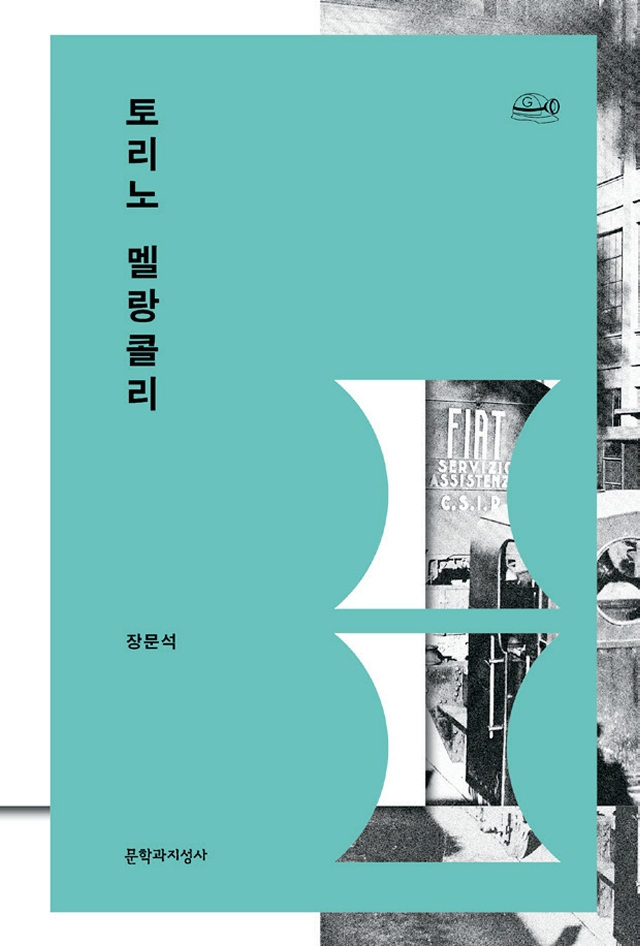
토리노 멜랑콜리
- Page
- 252
- Publication Date
- January 3, 2023
- ISBN
- 9788932041124

Turin, Melancholy vividly illustrates Turin, seething with its history of intense progress and resistance in the 20th century, while posing a question on the meaning of reflecting on the past of a city on the outskirts of Italy.
“Our city is by its nature a melancholy place,” writes Natalia Ginzburg about Turin, where the Italian writer had spent most of her youth and adulthood. What kind of place is Turin, “the grey city where daylight feels like twilight,” the city always surrounded by foggy melancholy? To some, this is the place where Nietzsche broke down embracing a horse after witnessing a coachman flogging it, and to some others the place where the great poet Pavese and the Holocaust survivor Primo Levi took their own lives. Still, Turin is, above all, the city where capital and labor waged a century-long war and anti-fascist intellectuals fought the great battle for freedom. It is rare to find a documented history of the signifiers that pervaded the 20th century, namely entrepreneurs and workers, capitalism and socialism, class struggle and revolution, and profit and exploitation, as substantial and impactful as that of Turin. In Turin, Melancholy, Professor Jang Moonseok, whose research specializes in Italian history and contemporary European history, depicts the view of 20th-century Turin, boiling with the city’s experience of fierce development and struggles.
What, then, should remembering the 20th century in a city where the aggressive socioeconomic growth and the stern moral development occurred in parallel mean to the readers in the present? Today, as only disjointed and fragmentary struggles continue, asking not “all” but “the least” from individuals, is the echo from this faraway city just another fairy tale? The author explains that as the stained-glass windows in Italian churches enlightened the illiterates on the bible’s contents, Turin serves as a bible of modernity for present-day “illiterates” oblivious to the intense experiences of 20th-century developments and struggles. Turin, as the stained-glass windows, will shine on the typicality and diversity inherent in 20th-century history, as well as the exceptional successes and failures.